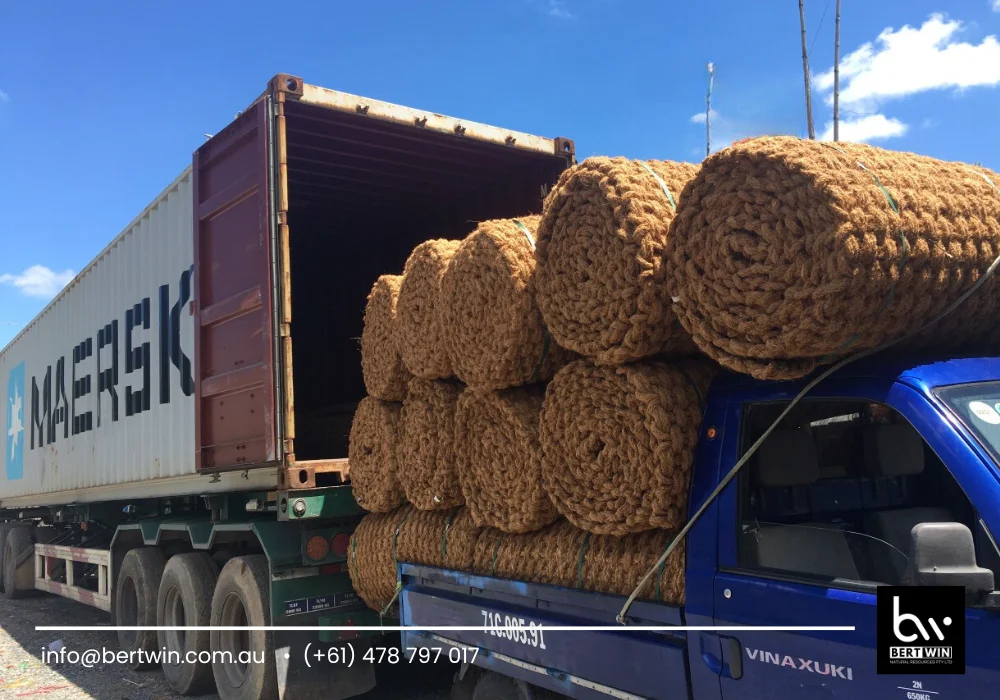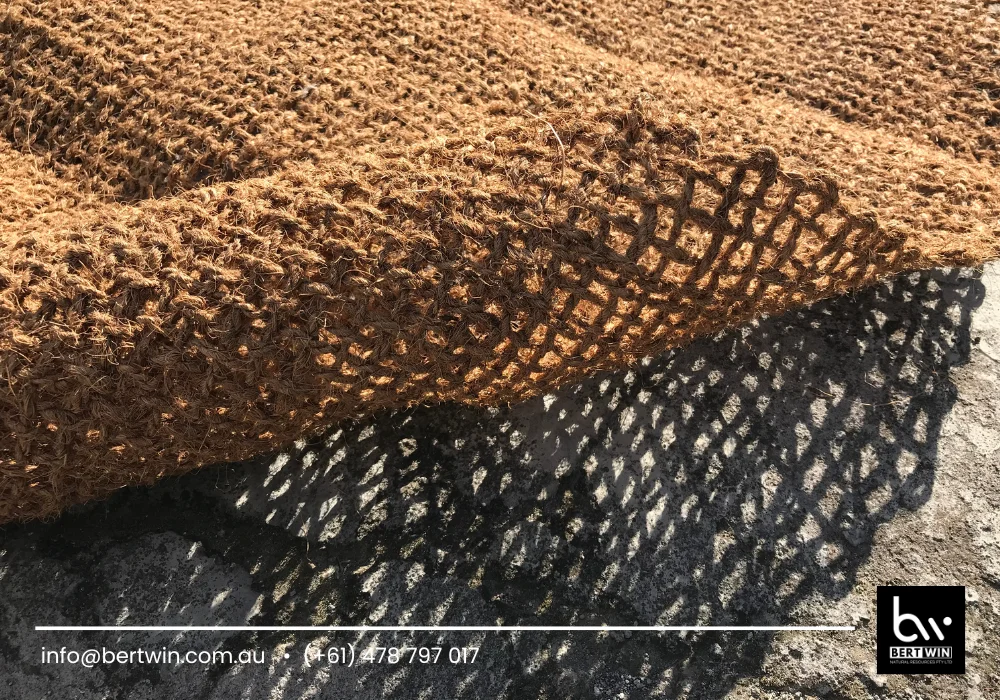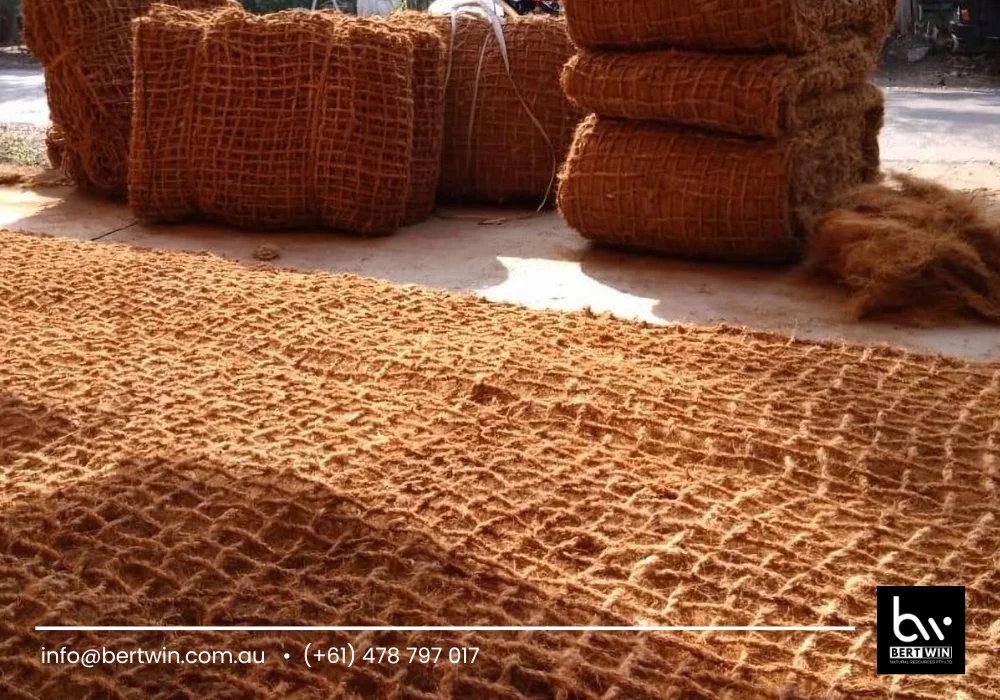When it comes to playground surfaces, safety, durability, and environmental impact are key considerations. Among the many materials available, coco mesh is emerging as a sustainable and effective solution. Derived from the fibrous husk of coconuts, this eco-friendly material provides a natural and durable surface for playgrounds while offering several benefits for both children and the environment.

In this article, we’ll explore why playground surfaces matter, the benefits of using coco mesh, and how it compares to traditional options.
Why Playground Surfaces Matter
Playground surfaces serve a dual purpose: they enhance the safety of children during play and contribute to the overall aesthetic of the area. The ideal surface must:
- Provide Cushioning: To minimize the risk of injuries from falls.
- Be Durable: Withstand heavy foot traffic and varying weather conditions.
- Promote Sustainability: Align with environmentally friendly practices.
Conventional materials like rubber and synthetic turf often fall short in terms of sustainability, paving the way for alternatives like coco mesh.
What Is Coco Mesh?
Coco mesh, also known as coir netting, is a natural product made from the fibrous outer shell of coconuts. This biodegradable material is woven into durable mats or nets, which can be used for various applications, including erosion control and as a surface for playgrounds.
The appeal of coco mesh lies in its ability to combine natural sustainability with practicality. It’s tough, eco-friendly, and adaptable to different environments, making it a fantastic choice for playground surfaces.
Benefits of Coco Mesh for Playground Surfaces
1. Eco-Friendly and Sustainable
Coco mesh is a renewable resource, as coconuts are widely available and the production process minimizes waste. The material is biodegradable, breaking down naturally over time without harming the environment.
2. Durable and Resilient
Despite being a natural product, coco mesh is incredibly durable. It can withstand high foot traffic, making it suitable for playgrounds that see a lot of activity. Additionally, its fibrous texture provides excellent grip, reducing the likelihood of slips and falls.
3. Shock Absorption
One of the key factors in choosing playground surfaces is their ability to absorb impact. Coco mesh offers a natural cushioning effect, helping to minimize injuries from falls—a critical feature for areas where children play.
4. Natural Aesthetic Appeal
Coco mesh blends seamlessly with natural landscapes. Its earthy tones enhance the look of playgrounds, especially those in parks or outdoor recreational spaces.
5. Cost-Effective
Compared to synthetic materials, coco mesh is cost-effective both in terms of initial installation and long-term maintenance.

How Coco Mesh Compares to Other Playground Surfaces
1. Coco Mesh vs. Rubber
While rubber surfaces offer excellent shock absorption, they are typically made from synthetic materials that are not environmentally friendly. Coco mesh provides similar safety benefits while being biodegradable and sustainable.
2. Coco Mesh vs. Artificial Turf
Artificial turf mimics grass but is made of synthetic fibers, which can heat up in the sun and contribute to microplastic pollution. In contrast, coco mesh remains cool and is completely natural, making it a safer and greener choice.
3. Coco Mesh vs. Sand or Wood Chips
While sand and wood chips are natural, they often require frequent replenishment and can be less stable underfoot. Coco mesh offers a more durable and low-maintenance solution.
Applications of Coco Mesh Beyond Playgrounds
In addition to its use as a playground surface, coco mesh is widely used for erosion control, landscaping, and gardening. Its versatility further highlights its value as a sustainable material for various purposes.
How to Install Coco Mesh for Playground Surfaces
1. Site Preparation
Begin by leveling the ground and ensuring it is free of debris. This creates a stable base for the coco mesh.
2. Lay the Coco Mesh
Unroll the coco mesh onto the prepared ground. Ensure it is laid evenly, with no gaps.
3. Secure the Edges
Use stakes or pins to secure the edges of the coco mesh to prevent shifting during use.
4. Add Additional Layers (Optional)
For added cushioning, consider layering the coco mesh with sand or soil underneath.
Conclusion
Coco mesh is revolutionizing the way we think about playground surfaces. Its combination of safety, durability, and environmental benefits makes it a standout choice for modern playgrounds. By opting for coco mesh, communities can create play areas that are not only safe for children but also sustainable for the planet.
Whether you’re designing a new playground or upgrading an existing one, coco mesh offers a practical and eco-friendly solution that meets the needs of both children and the environment.

FAQs
1. Is coco mesh safe for playgrounds?
Yes, coco mesh is safe and provides excellent cushioning to minimize injuries.
2. How long does coco mesh last?
Coco mesh is durable and can last several years, depending on usage and environmental conditions.
3. Can coco mesh be used with other materials?
Absolutely. Coco mesh can be layered with materials like sand or soil for additional cushioning.
4. Is coco mesh easy to maintain?
Yes, coco mesh requires minimal maintenance, making it a cost-effective option for playground surfaces.
5. Where can I purchase coco mesh?
Coco mesh is available through suppliers specializing in eco-friendly or landscaping materials.
For further information, you may contact WhatsApp at (+61) 478797017 or via email at info@bertwin.com.au.
